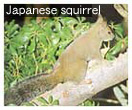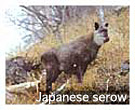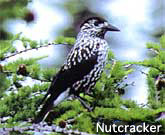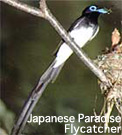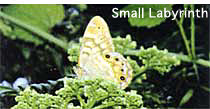|
|
|
Let's go see some animals : Mt. Fuji's Nature : top
|
||||
|
||||
Let's go see some animals |
||||
Mammals
|
||||
Birds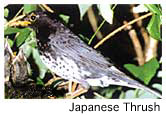 Approximately one fourth of all birds known to live in Japan have been sighted. Among them, it is said that approximately 100 species normally breed at the base of Mt. Fuji, and excluding the Raichou (Rock Ptarmigan), almost all the types of birds that live in the Chubu region are represented. Approximately one fourth of all birds known to live in Japan have been sighted. Among them, it is said that approximately 100 species normally breed at the base of Mt. Fuji, and excluding the Raichou (Rock Ptarmigan), almost all the types of birds that live in the Chubu region are represented.During the breeding season, the distribution of birds is as shown in the right chart, which also includes water birds..
*Living and breeding extent is not limited as shown.
|
Wild bird distribution on Mt. Fuji
and the area at the foot of the mountain 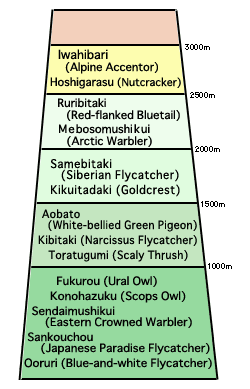 |
|||
Amphibians and Reptiles
|
Insects
|
|||
Freshwater Fish
|
||||
|
{Source: The Nature and Blessings of Mt. Fuji (Shizuoka Prefecture)} |
||||
|
For Those Climbing Mt. Fuji : Let's Enjoy Mt. Fuji : Mt. Fuji's Culture : Mt. Fuji's Nature : Japan's Heartland Establishment Aims : Country Code : Mt. Fuji Charter : Membership Information : Mt. Fuji Pins : Top |
||||
